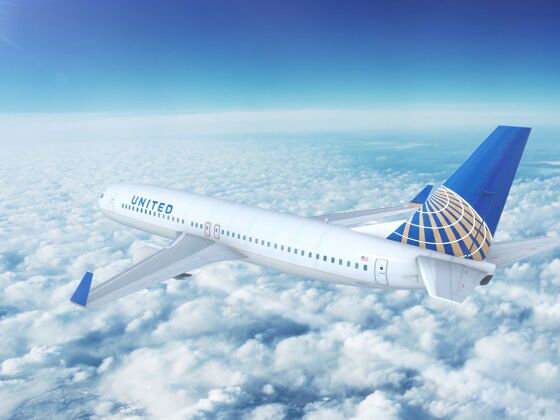the aviation industry is responsible for up to four percent of global carbon emissions. So it’s fantastic news that the fuel used on plains is finally becoming sustainable.
United Airlines flew its first commercial flights using non-fossil-fuel fuels in December and counted its CEO among the passengers. The flight was from Chicago to Washington, D.C. and made international headlines. Turkish Airlines also recently debuted sustainable aviation fuel on a commercial flight for the first time on an international flight, from Istanbul to Paris. This is huge news for travelers, as the press garnered by these flights is sure to drive other major airlines to use similar fuel on flights sooner rather than later.

